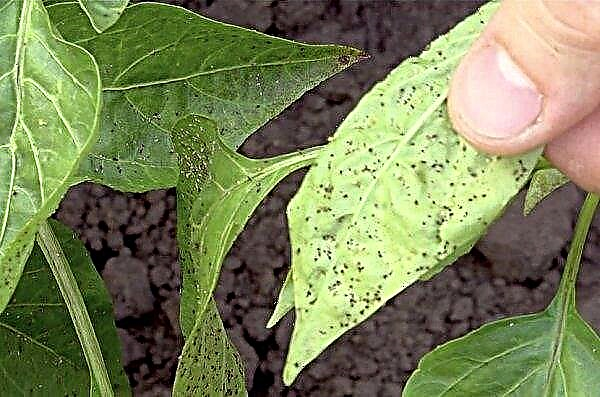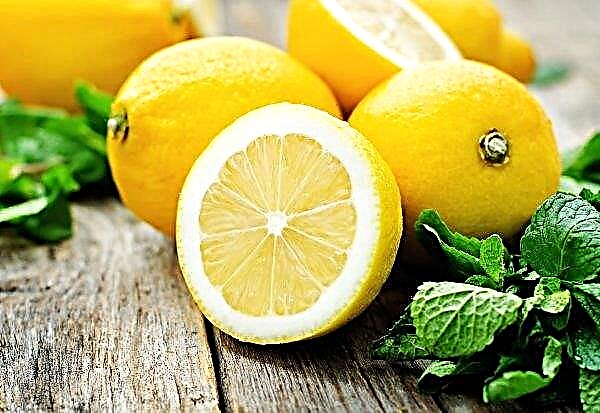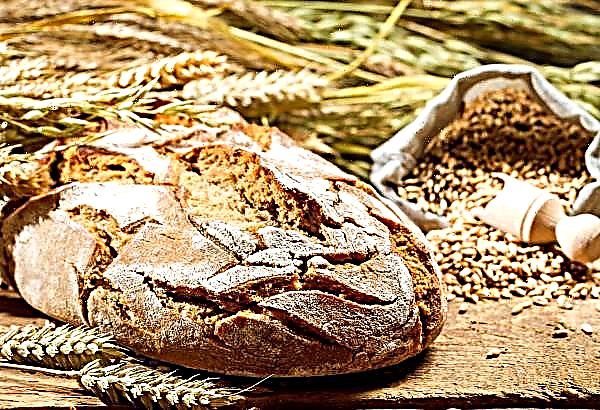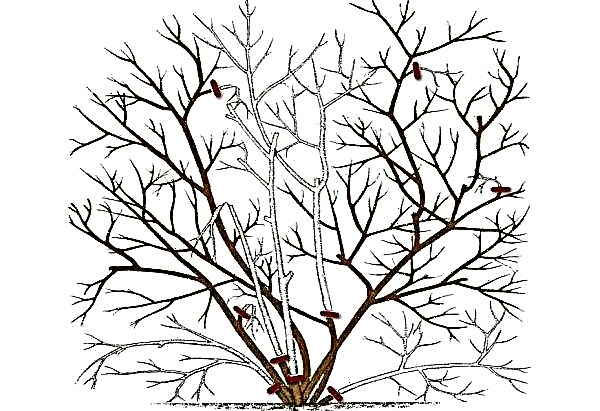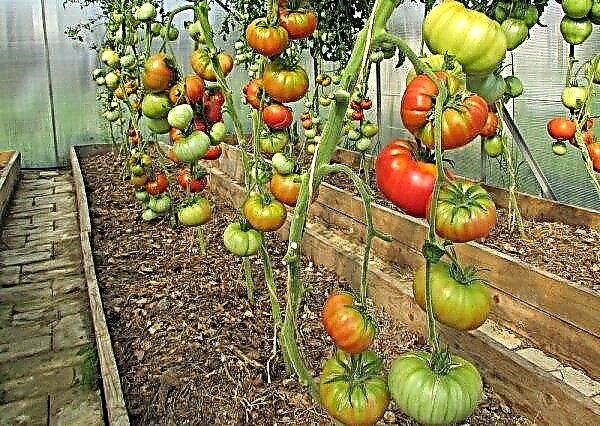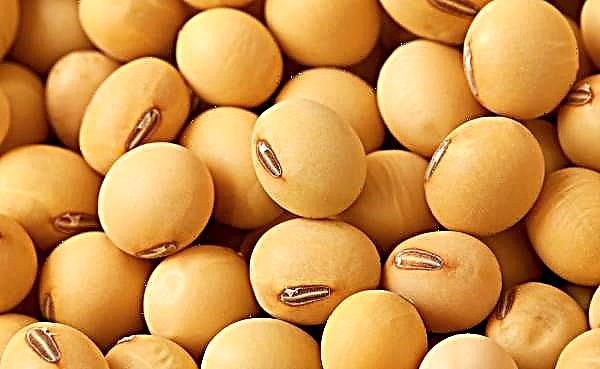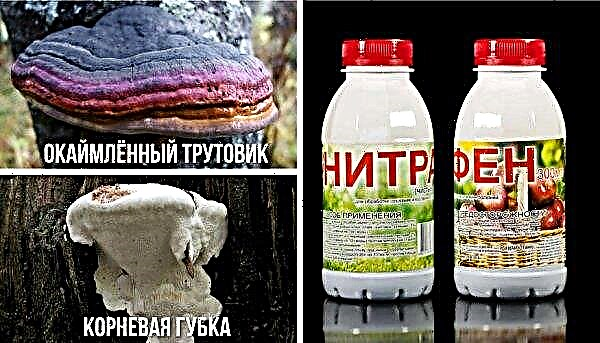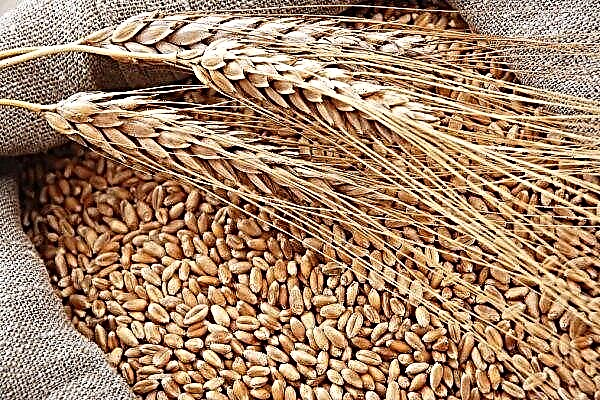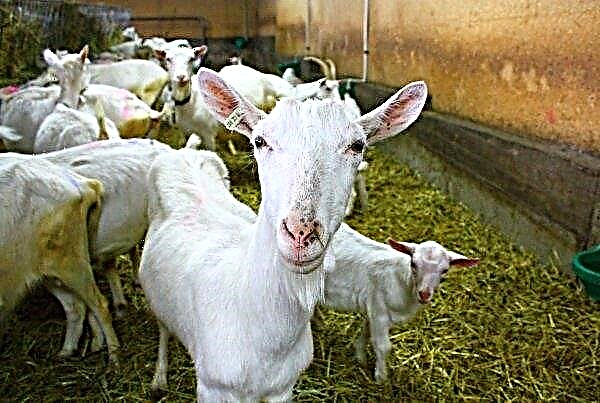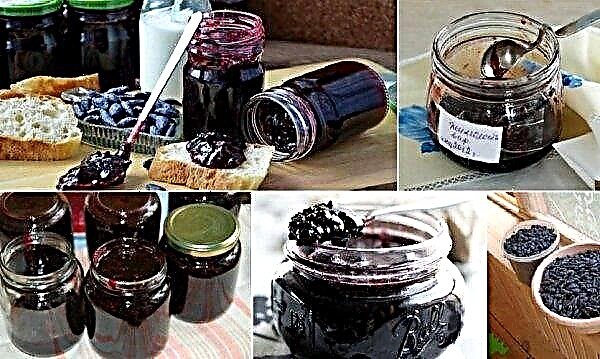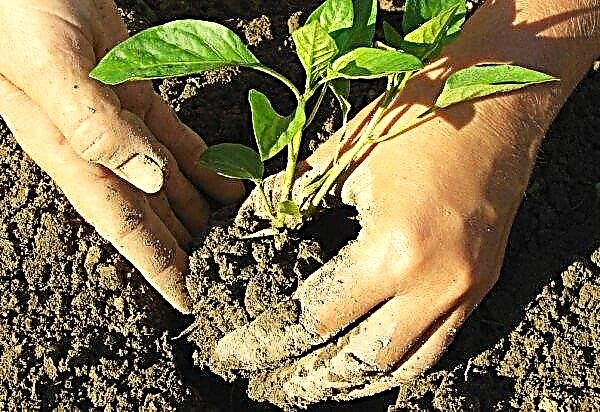Exotic houseplant Anthurium is considered one of the favorites among flower growers. Bright, unusual appearance and catchy qualities provided the flower with great demand and popularity. How to properly care for anthurium, and how to propagate it in an apartment environment, let's figure it out.
Botanical description of a houseplant
Crystal Anthurium is a grassy, evergreen perennial of the genus Anthurium of the Araceae family, whose homeland is considered to be the tropical regions of Central and South America. At the moment, there are about 500 varieties of culture, however, hybrid forms are best suited for home growing.
Crystal Anthurium belongs to the category of decorative deciduous plants, a feature of which are large, heart-shaped leaves, 5 to 30 cm long, with a glossy, smooth surface. On top of each sheet plate there are unique veins that create a unique pattern resembling drawings on the surface of crystal. The epiphyte is distinguished by a strong green stem, whose height is 20–25 cm and a diameter of 2–2.5 cm. The root system is represented by numerous short and thick root processes.
During the flowering period, vertical-spreading inflorescences of yellow-green color are formed on the culture, outwardly resembling a corn cob, whose length is 9-12 cm and which consists of a large number of very small, nondescript flowers. After flowering on the anthurium, fruits are formed - berries of a narrow-ovoid shape, about 1 cm long, white with a purple tint.
Did you know? All varieties of anthurium are poisonous. That is why, when growing and caring for these plants, experts advise to be very careful and follow safety rules. Intoxication from the action of the plant can manifest itself in the form of the appearance of allergic rashes on the skin, headache, nausea.
House growing conditions
Anthurium is a representative of exotic plants growing in tropical rainforests, which is why it needs to create an appropriate microclimate.
Lighting
Crystal Anthurium prefers to grow in a well-lit, sunny place, but is reliably protected from direct sunlight. The best option for the location of the flower will be window sills on the east or west side of the apartment, where diffused light prevails.
The culture has excellent shade tolerance, it can grow on the windowsills on the north side, but it will not be able to please flowering. In the summer, it is recommended to remove the flower from the sun and place it on a table near the window. In winter, when there is a shortage of sunlight, it is necessary to organize additional lighting for the culture, for example, using phytolamps.
Important! The flower is very negative about drafts, if they are present, it can become sick and even die.
Temperature
The tropical handsome man feels great at temperatures of + 20 ... + 25 ° C in the summer and + 16 ... + 18 ° C in the winter. The plant is adversely affected by sharp temperature jumps, as well as too high or low temperatures, due to which it can die.
Air humidity
The culture belongs to hygrophilous flowers and prefers to grow in conditions of high humidity, the optimal level of which varies from 70 to 90%. In the hot period, when there is a moisture deficit, it is recommended to regularly spray the plant, making sure that water does not fall on the inflorescences, otherwise they begin to become covered with white spots and fall off. To moisten the flower, you can place moist sphagnum moss in a container near the stem. You can also use irrigation devices, for example, humidifiers.
In summer, you can organize a tropical guest "bathing" or "shower", pouring warm water on top and wiping the leaves dry with a dry cloth.
Features of home care
Anthurium is a rather capricious plant, which, in order to maintain its decorative appearance, needs quality care.
Watering
The plant likes regular and abundant hydration, which in the summer should be done every 2-3 days. In winter, when the crop is at rest, the amount of watering should be reduced to once a week. It is very important to always maintain a balance of soil moisture: prevent its excessive drying out or, conversely, stagnation of water in the tank.
For irrigation activities, warm, soft, standing water with a low lime content should be used. Experts advise to practice root watering, while a few minutes after moistening, you need to remove excess water from the pan.
We recommend reading about other types of anthurium:
Top dressing
During the period of active development and flowering - from May to September - the anthurium must be regularly fed using liquid mineral or complex products. Since this type of culture belongs to decorative deciduous, it is recommended to use nitrogen-containing preparations as fertilizers, the action of which is aimed at enhancing the growth of green mass.
You need to fertilize the plant from spring to autumn 1 time in 14 days, combining top dressing with watering. In winter, the flower does not need fertilizers.
Pruning
In the process of development, the lower leaves of the anthurium gradually die off, and new ones appear at the top. The stems of the flower can also grow very much, because of which it loses its decorativeness and acquires a groomed, aesthetically unattractive appearance.
To preserve decorative qualities and rejuvenate the culture, experts advise trimming, during which the top of the anthurium is cut, leaving the necessary number of internodes, and dried, damaged, too long and sticking shoots are removed.
As a rule, pruning is combined with a plant transplant, which is carried out in the spring.
Transfer
Young anthurium under the age of 4 years needs annual transplants.
Plant transplantation is recommended in spring, from February to May, according to the following scheme:Important! The anthurium purchased at the store should be transplanted into a new container with new soil within three days after purchase. Otherwise, it will begin to dry out.
- For transplantation, choose a shallow and wide pot, a few centimeters more than the old tank.
- A drainage layer is lined at the bottom of the container using expanded clay or small gravel.
- On top of the drainage layer, a substrate is poured, which consists of two parts of humus and leaf soil, one part of peat and half of the river fine sand. A little moss, charcoal and broken brick are also added to the soil mixture. Soil for anthurium should be as moisture and breathable as possible, loose, with a low level of acidity.
- The plant is removed from the old container, the root system is cleaned of the remaining soil, planted on the prepared substrate.
- The flower is sprinkled with a layer of soil, the surface of the earth is well moistened.
Adult plants over the age of 4 years must be transplanted once every 2-3 years.

How to propagate at home
In an apartment, experienced gardeners practice 3 methods of breeding anthurium: cuttings, seed method and dividing the bush. Let's look at the features of each of them.
Cuttings
Cuttings are the most popular way to get a new exotic plant. It is carried out in spring, using a plant older than two years. On a flower, twigs 10-15 cm long are chosen, on which 2-3 fully developed leaves are located. Cut the handle with a sharp knife and place it in a container with vermiculite, providing regular hydration. In this case, the optimum temperature for rooting the cuttings is considered to be the range + 24 ... + 26 ° С.
Rooting seedlings occurs approximately 30 days after planting.
Seed cultivation
Growing anthurium through seed propagation in the home is a rather complicated and lengthy procedure.
It is carried out according to this algorithm:
- Purchased seeds are washed with water and soaked for 2-3 hours in a weak solution of potassium permanganate.
- Soil consisting of equal parts of dry moss and peat is poured into the tank.
- Seeds are evenly sown on the surface of the soil, sprinkled on top with a small layer of substrate.
- The containers with crops are covered with glass or plastic film, placed in a well-lit, warm place with stable temperature indicators + 24 ... + 26 ° С.
After 2-3 weeks, when the first shoots appear, the shelter is removed, and the sprouts provide good moisture. When forming pairs of full leaves on the seedlings, they are dived into separate containers and organize care, as for an adult culture.
Did you know? The people call Anthurium "male happiness" because it very powerfully affects male energy. The flower gives its owner confidence in itself, courage, and also helps to change life for the better.
Division
Division of roots is considered one of the best methods of reproduction of anthurium. A similar procedure is carried out in the spring, in the vegetation phase of the plant.
To do this, perform the following actions:
- The flower is taken out of the pot.
- The plant, together with the root shoots and stems, is divided into several parts by means of a sharpened, disinfected knife so that each one obtains full root roots.
- All places of cuts are treated with charcoal.
- The resulting seedlings are placed in separate containers and covered with dry sphagnum.
In the process of rooting seedlings, it is necessary to monitor the quality of irrigation. With excessive moisture in the soil, the flower does not take root.
Possible growing difficulties
Due to violations of the conditions for growing anthurium, it can become a “victim” of fungal diseases and various pests.
Among the first, the greatest danger to the plant is:
- Anthracnose - a fungal ailment that affects all the terrestrial parts of the plant, they begin to dry and wither. To combat the disease, it is recommended to treat perennial with modern fungicidal preparations, for example, Kuproksat.
- Gray rot - the disease manifests itself in the form of an accumulation of gray plaque on leaf plates and stems. If an ailment is detected, it is necessary to completely remove all infected parts, temporarily suspend watering and transplant the flower into a new container with a new substrate.
No less dangerous for the life of anthurium are pests:
- Aphid - foliage is covered with yellow spots, dries and falls.
- Shield - parasitizes on leaf blades on which a sticky yellow coating appears.
- Mealybug - It affects the leaves of the culture, which dry out and curl up into a tube.
Particularly effective in the fight against parasites have special solutions - insecticides. In many cases, folk remedies help to defeat pests: garlic or soapy water, a solution of potassium permanganate.
Crystal Anthurium - an exotic flower that has a spectacular appearance and is able to become the main decoration of a home interior. Despite capriciousness and exactingness, observing the basic rules of care, you can grow a plant of unusual beauty on your windowsill, pleasing with decorativeness for a year.

